As homeowners age, many seek ways to improve their financial stability while enhancing their quality of life. One innovative approach that has gained traction is using reverse mortgage proceeds to invest in solar panels. This strategy not only secures immediate financial benefits but also contributes to long-term savings and environmental sustainability.
Understanding Reverse Mortgages
A reverse mortgage is a financial product that allows homeowners aged 62 and older to convert part of their home equity into cash. Unlike traditional mortgages, borrowers do not make monthly mortgage payments. Instead, the loan balance increases over time, and repayment is deferred until the homeowner sells the house, moves out permanently, or passes away. This financial tool can provide a vital source of income for retirees, enabling them to cover living expenses, medical bills, or even make home improvements.
The Appeal of Solar Panels
Solar panels offer a range of benefits that align well with the goals of retirees. Primarily, they can significantly reduce or even eliminate electricity bills, which is particularly advantageous for those on fixed incomes. Additionally, solar energy systems increase property value and provide environmental benefits by reducing the homeowner’s carbon footprint. These advantages make solar panels an attractive investment for those looking to optimize their retirement funds.
The Financial Synergy
Using reverse mortgage proceeds to purchase solar panels creates a compelling synergy. Here’s how this approach works and why it’s beneficial:
- Initial Capital Without Monthly Burden: Reverse mortgage proceeds provide homeowners with a lump sum or a steady stream of income without the requirement of monthly repayments. This structure allows retirees to invest in solar panels without worrying about how to cover additional loan payments.
- Reduction in Living Expenses: By installing solar panels, homeowners can drastically cut their electricity bills. Given the rising costs of energy, this reduction can translate into substantial annual savings. For retirees, lower utility bills mean more disposable income for other essential needs or discretionary spending.
- Increase in Home Value: Solar panels are a home improvement that not only pays for itself over time through energy savings but also increases the market value of the property. This appreciation can offset the accumulating balance of the reverse mortgage, providing a financial cushion for the homeowner or their heirs.
- Tax Incentives and Rebates: There are numerous federal and state incentives available for installing solar panels, including tax credits and rebates. These incentives can reduce the overall cost of the solar installation, making the investment even more appealing. Homeowners using reverse mortgage funds can leverage these incentives to maximize their return on investment.
- Long-term Sustainability: Investing in solar panels is a step towards sustainable living. For environmentally conscious retirees, this move not only reduces their carbon footprint but also aligns with a broader commitment to environmental stewardship. This aspect can provide a sense of pride and fulfillment, adding non-financial value to the investment.
Case Study: A Practical Example
Consider the example of Jane, a 70-year-old retiree living in a sunny state. She decides to take out a reverse mortgage, receiving $40,000 in proceeds. Jane uses $20,000 of this amount to install a solar panel system on her home. The system significantly cuts her electricity bill, saving her approximately $1,500 annually. Over 20 years, this amounts to $30,000 in savings, which exceeds the initial investment. Additionally, her home’s value increases by approximately $15,000, according to local real estate trends. Jane also takes advantage of a federal solar tax credit, further reducing the effective cost of her solar panels.
Conclusion
Using reverse mortgage proceeds to invest in solar panels is a forward-thinking strategy that combines immediate financial relief with long-term economic and environmental benefits. This approach not only helps retirees reduce their living expenses but also supports sustainable living practices. By carefully considering the benefits and potential risks, homeowners can make an informed decision that enhances both their financial security and their quality of life in retirement.

